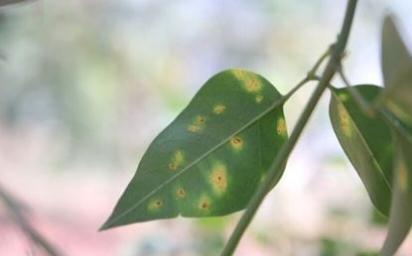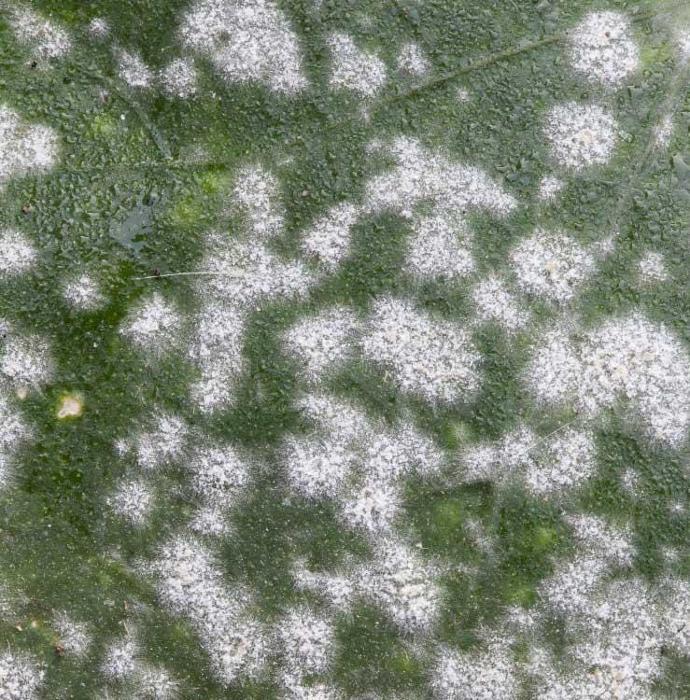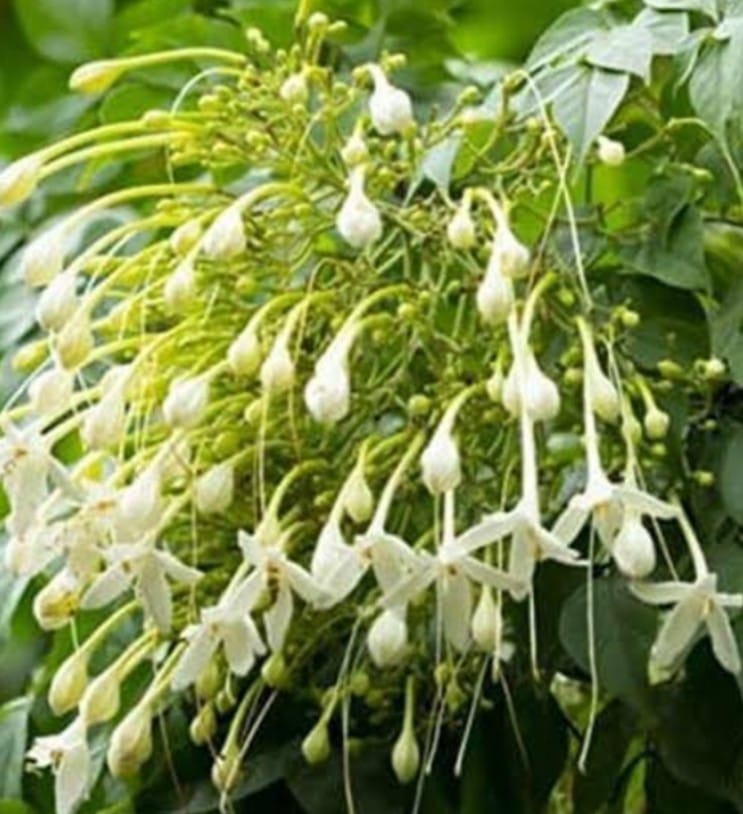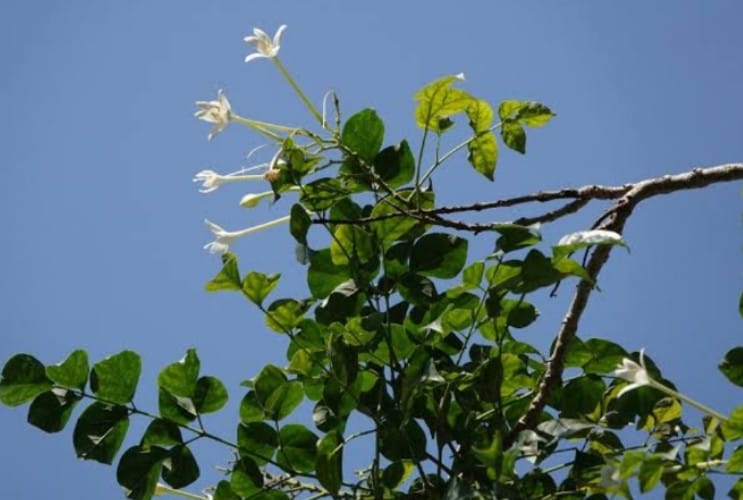Indian Cork Tree
Indian Cork Tree , possibly referring to a specific plant variety, may have varying care requirements. Generally, provide well-draining soil, appropriate sunlight, and regular watering. Pruning and fertilizing practices may vary based on the specific characteristics of this plant.
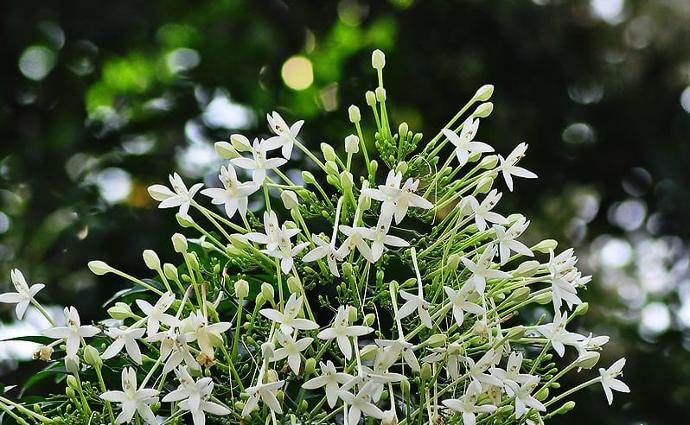
Habit
Tree
Height
8 to 12 m
Growth
Fast
Soil
Well Drained, Loamy
Shade
Full Sun
Moisture
Moist
Edible
No
Medicinal
No
Origin
India
Climatic Condition
Tropical, Subtropical
Temperature (°)
25°C to 35°C
Humidity (%)
50% to 70%
Potting media
40% Loam, 30% Sand, 30% Compost
Fertilizers
Organic Fertilizer
Watering
Regular watering
Plant Weight
5 to 10 kg
Flowering Time
Spring to Summer
Soil Ph level
6.0 to 7.5
Water Ph level
6.0 to 7.0
Soil EC
0.5 to 1.0 mS/cm
Yield Per Plant
15 to 20 kg per plant
NPK ratio
10:10:10
life Span
50+ years
Health Benefits
Antioxidant, Stress Relief
Suggested Grow Media or Potting Mix ?
50% loam, 25% compost, 25% sand
Suggested Fertigation/Fertilizers
Fertilize every 4 weeks with a balanced fertilizer.
Common Diseases and Remedies
Powdery Mildew, Leaf Spot.
White powdery substance on leaves, young shoots, and flowers. Brown or black spots with yellow hallows on leaves.
Improve air circulation, neem oil, remove affected leaves.
Potassium bicarbonate, fungicides containing myclobutanil, sulphur, copper based fungicides, chlorothalonil.
What Is An Indian Cork Tree?
Millingtonia hortensis is named after Sir Thomas Millington, who was the inspiration for Carl Linnaeus the Younger, who first described the genus. [3] The nickname "Hortensia" is derived from the Latin words "hortensis" and "hortus", meaning garden. "Suberosa" in the parlance "Bignonia suberosa" derives from the Latin "suberos" meaning "mushroom".

What Are The Different Types Of Indian Cork Tree?
Cork oak, Quercus suber, a tree from which most of the wood is harvested
Chinese cork oak, Quercus variabilis, a tree from which softwood is sometimes harvested
Euonymus phellomanus, large . Soft "winged" deciduous tree

How To Care For Indian Cork Tree?
Quercus suber, a tree from which most trees are harvestedChinese cork oak, Quercus variabilis, a tree from which softwoods are sometimes harvestedCork tree, a type of yellow cedarEuonymus phellomanus, a large deciduous tree with long corks. "wingIndian Cork Tree, Millingtonia hortensis
Location
Millingtonia hortensis, jasmine tree or Indian Cork Tree, is the only species of the genus Millingtonia and is native to South and East Asia.
Sunlight
Habitat and Cultivation: Centifolia is well suited to tropical and subtropical climates where it grows in well-drained soil and full sun: Habitat and Cultivation: Centifolia is well suited to tropical and subtropical climates where it grows. drained soil
Hydration
It is best to keep the soil slightly moist at all times. The plant needs to be watered every week, but water quickly if the soil dries out before then.

Nourishment
In general, the most important nutrients for Indian trees are nitrogen and phosphorus, so the fertilizer you use should contain more of these than potassium. A fertilizer with an N-P-K ratio of 10-10-8 or similar should work well.
What are the benefits of Indian cork tree?
Flowers added to tobacco to treat sore throat. The stems also have medicinal value and can be used as a lung tonic and cough suppressant. It is used to make the peel yellow. The leaves and roots of the cork tree are anti-asthmatic and anti-inflammatory.

FAQs About Growing Indian Cork Tree?
1. How to care for the cross?
The best soil for Indian cork trees should be well-drained and fertile. To care for your plants, you need to prepare the soil with fertilizer. Commonly used fertilizers include compost, aged manure, or slow-release granular fertilizers. They will enrich the soil and allow your plants to thrive.
2. What kind of soil does a cruciferous tree need?
Planting Indian softwood trees requires careful site selection and soil preparation. This tree prefers well-drained soil, including loamy or sandy soil, and a sunny location.
3. What are cork trees used for?
Advantages of Cork:It has many uses, from wall and floor aggregate production to interior sole production and even satellite cabin lining, but its main use is to close the beverage in the form of a cork. for alcohol. Bottles - wine, spirits and cava.
4. How long is the lifespan of a cork tree?
200 yearsThe average age of a cork tree is 200 years, but there are cork trees that are 500 years old. They can grow up to 75 feet tall. Cork trees are ready for harvest after they are 40 years old.
5. Can all trees produce softwood?
Almost all trees have a layer of cork bark, but cork oaks (Quercus suber) are the source of most cork products in the world, including wine bottles.
